This report is taken from PN Review 142, Volume 28 Number 2, November - December 2001.
Report from Japan
Before moving to Japan, I had only a passing interest in haiku, but living here compels some kind of engagement with Japan's most popular export among verse forms. I was first attracted to an older kind of poem, the tanka: thirty one syllables, arranged in five segments alternating five, seven, five, seven, seven. This is the form we find in the great tenth century anthologies of court poetry and the Tale of Genji, from a time when, as Ivan Morris put it, 'life was punctuated with poetry from beginning to end, and no important event was complete without it'. The poetry of that period still exerts a strong influence on contemporary culture, and it remains one of the main conventional forms of Japanese poetry. Its influence, both good and bad, has helped to determine who writes poetry, and in what form, for most of the past thousand years.
Indeed, it was the degeneration of tanka into a moribund convention that led to the development of haiku. In the fifteenth century it became fashionable for groups of dignified, academic sorts to meet and compose sequences of tanka in a hundred verses, with each verse being a thirty one syllable tanka. One person would compose the first seventeen syllables, the next the concluding fourteen, and so on. These sequences are called renga. In the sixteenth century, groups of less hidebound aristocrats and merchants took up the form, and began to write parodic poems called haikai: turning the allusiveness and ...
The page you have requested is restricted to subscribers only. Please enter your username and password and click on 'Continue':
If you have forgotten your username and password, please enter the email address you used when you joined. Your login details will then be emailed to the address specified.
If you are not a subscriber and would like to enjoy the 292 issues containing over 11,700 poems, articles, reports, interviews and reviews,
why not subscribe to the website today?
